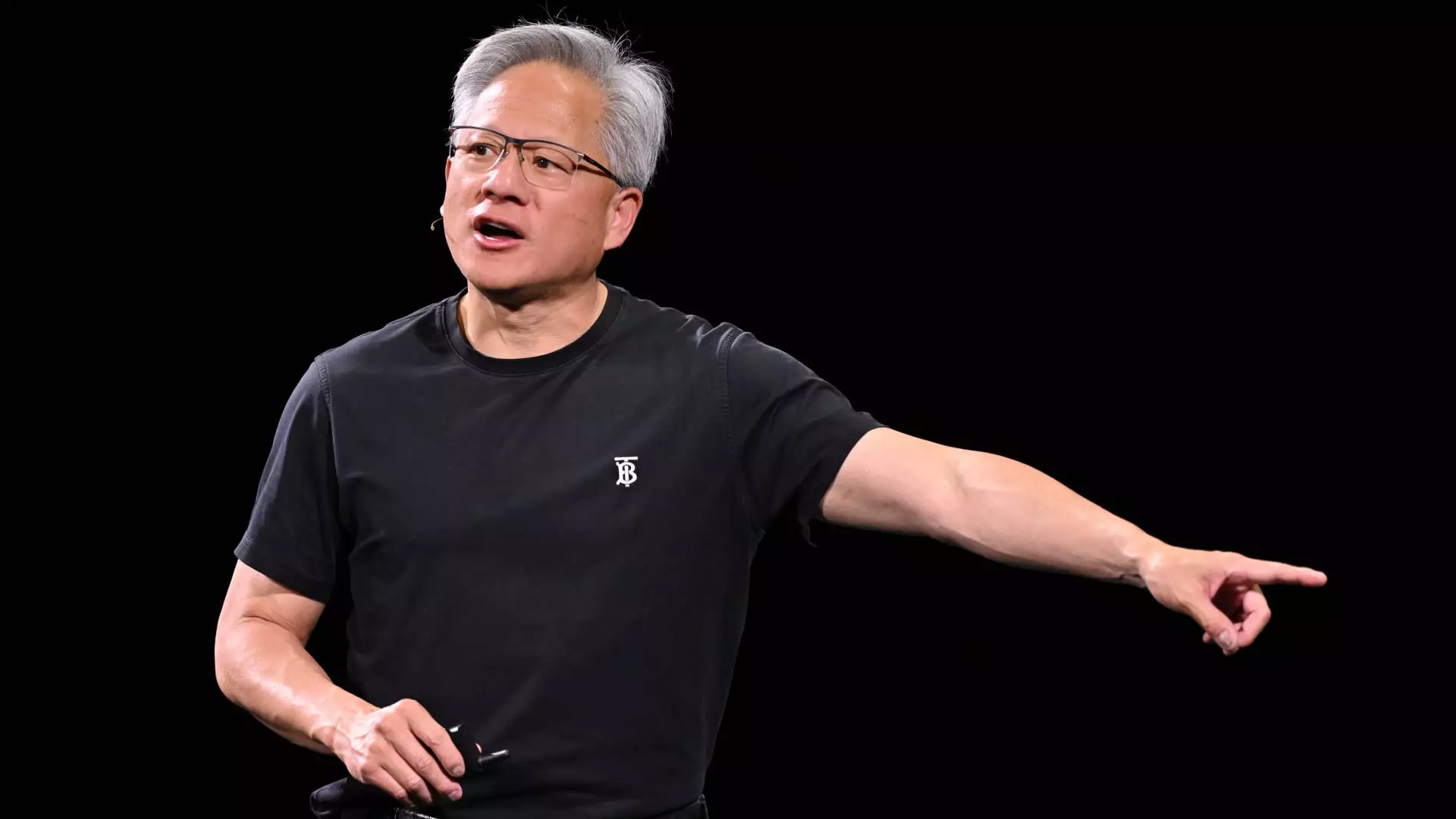Nvidia, an emblem of technological innovation and a darling of Wall Street’s speculative enthusiasm, recently witnessed insiders divesting over $1 billion of company stock in the past year alone. While the Wall Street bulls parade the stock’s 17% gain year-to-date and a staggering 44% surge over the last three months as a testament to resilience, the sheer scale of insider selling signals a disconcerting disconnect. When executives and key stakeholders decide to offload shares en masse—even as the company hits record highs—it demands a skeptical, rather than complacent, interpretation. After all, who better understands the underlying risks and future headwinds than those operating inside the company?
Stock Sales Amid Soaring Prices: Strategic Timing or Loss of Faith?
Much of the recent insider selling occurred as Nvidia shares crossed the $150 threshold. This raises the uncomfortable question: Are these sales a shrewd financial move by executives capitalizing on fleeting market enthusiasm, or do they betray a deeper mistrust in the sustainability of Nvidia’s sky-high valuation? CEO Jensen Huang, with a net worth north of $138 billion, orchestrated a program to sell nearly $1 billion in shares, following a similar move last year amounting to $700 million. While some argue this is routine portfolio diversification for ultra-wealthy insiders, such extensive unloading at market peaks smacks more of caution than confidence.
Geopolitical Frictions and Regulatory Quagmires: The Heavy Shadows on Nvidia’s Future
The exuberance surrounding Nvidia’s stock, buoyed by AI’s hype and robotics prospects, must be measured against persistent geopolitical headwinds. U.S. sanctions and export restrictions have been increasingly targeting AI chip sales to critical overseas markets. This poses a tangible threat to Nvidia’s growth pipeline that insiders are undoubtedly monitoring closely. Investors blinded by short-term price rallies may ignore how regulatory obstacles chip away at the potential of Nvidia’s global expansion. Insider sales might be a subtle signal that decision-makers inside the company see the geopolitical environment as a serious constraint, one that can’t be circumvented by mere hype or shareholder meetings.
Robotics as the “Next Big Thing”: Buzz or Genuine Transformation?
At Nvidia’s recent shareholders’ meeting, the CEO declared robotics the company’s greatest forthcoming opportunity after AI. This pivot towards robotics has been widely praised as visionary. Yet, insiders’ sell-off coinciding with this optimistic narrative suggests a more nuanced reality. Developing robotics technology into a lucrative business is fraught with technical and market uncertainties. Insider sales may reflect an understanding that the path to realizing these grand ambitions is likely longer and riskier than public messaging implies. Meanwhile, investors caught in the euphoria could be buying into promises that insiders are quietly hedging against.
The Center-Right Perspective: Prudent Skepticism Over Blind Optimism
From a center-right liberal viewpoint, the Nvidia saga underscores the necessity for balanced market vigilance—celebrating innovation without forsaking sound financial discipline. The relentless hype around AI and robotics risks generating irrational exuberance, inflating valuations without corresponding fundamentals. Insider transactions, often downplayed in bullish narratives, serve as a crucial barometer for market participants who value empirical caution and long-term stability. Markets should reward genuine growth potential, but when insiders liquidate vast sums amid record prices and industry uncertainties, it is prudent to heed these warnings rather than dismiss them as routine. This is especially important in cutting-edge tech sectors where regulatory challenges and geopolitical risks are mounting rapidly. Blind faith in perpetual tech ascendancy is a dangerous gamble, regardless of lofty narratives.

